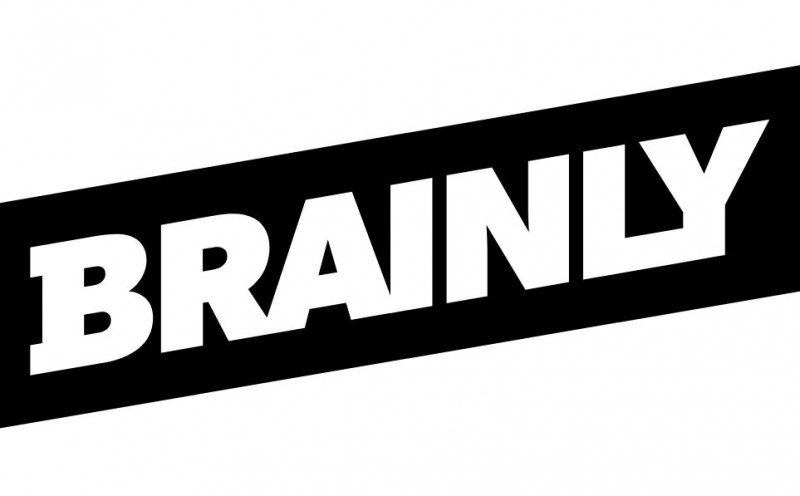
When was the last time we thought a chatbot could facilitate learning? Or the concepts of physics can be explained in a completely simulated environment? Tech enabled education was not a novelty in India but the adoption, accessibility and acceptance skyrocketed during the pandemic pushing students and parents into a new learning ecosystem. Today, they are exposed to a plethora of technological innovations that not only have the potential to transform ‘classrooms’ completely but are imperative to increase productivity and progress for students, thereby also helping teachers better their guiding techniques.
As India inches back to school post a hiatus, a whopping 91% of students believe that online resources will continue to supplement textbook learning. There is a growing preference towards hybrid models amongst students and parents who now recognize the assurance and benefit of edtech and its ability to provide holistic learning even after classes resume. The future will see a renewed focus on more emerging technologies being integrated into standard curriculum to alter the way students learn and curate a more immersive experience for them. Building on this opportunity, Indian EdTech firms are already deploying some innovative methods to stand out and strengthen user engagement.
Here’s a rundown on the innovations that will drive the growth of Indian EdTech in the years to come -
Artificial Intelligence (AI) - In education, artificial intelligence primarily focuses on determining what a pupil knows and does not know, and then building a customized curriculum for each. It also has the potential to revolutionize the way educators teach by offering them new ways to engage students based on data and user patterns. AI can also personalize and tailor make learning experiences for students letting them access resources that are best suited to their interests. On Brainly, Math Solver is an AI-powered 24/7 tool that assists users with finding solutions for the most complex mathematical problems. Since its launch in 2021, the tool has become a one stop solution for over 3.8 million users in India.
Video Based Learning: There is no denying that video-based learning enhances student happiness by 91% and accomplishment by 82%. Videos have the ability to create a more engaging experience than written materials and learners can easily process the information being taught or discussed. Not to mention, the remarkable power that visuals have in creating impact and interest. Hence, educators are increasingly employing videos for information sharing and instant feedback and this trend would continue to grow further.
AR/ VR - Augmented reality and Virtual reality technologies can help students engage better with the subject by creating interactive and immersive experiences. While the former can replace information with physical objects making them look real, the latter enables learning in a three dimensional (3D) environment that has been completely replicated. Riding on its ability to simplify complex concepts or impart specific skills, AR/VR would continue to have a soaring impact on education in India.
Internet Of Things (IOT) - By allowing real-time communication and data transfer, the rising use of smartphones and other devices are promoting connectivity between students and their educational institutions. Moving forward, we would see the emergence of more wearable technology that will help students, coming from various backgrounds, access the same information and resources, anytime and anywhere. This would specially be of benefit to students with disabilities who would be able to pursue education without any hesitation or constraints.
Gamification - Gamification is driving the growth of education in India. By definition, this approach intends to induce learning, evoke curiosity and lead to increased motivation. A gamified system has the ability to turn anything mundane into an engaging affair through inclusion of elements like levels, badges, awards, challenges, contests, avatars, leaderboards, and rankings and more. Owing to its gamification system, Brainly learning app has been growing strongly for over a decade but the newly introduced gaming elements have proved further effective in keeping students engaged and making their experience fun while they are learning on the platform.
Not so long ago, knowledge sharing was only confined to classrooms but today, computer screens have replaced black boards and apps are becoming enablers of quality learning. The benefits of technology in education are undeniable. If done right, tech based solutions can democratize education and make it accessible to all students equally. But for the same to happen, Edtech firms must need to consider the developmental value of education at large and deploy tools that keep students at the core of innovation, above and beyond anything else.
Big Tech's US$95 million lobbying effort could kill the US antitrust bil
China criticises the US for an alleged Trojan horse attack on college servers
Biden Examining Options to Limit US Technology Investment in China